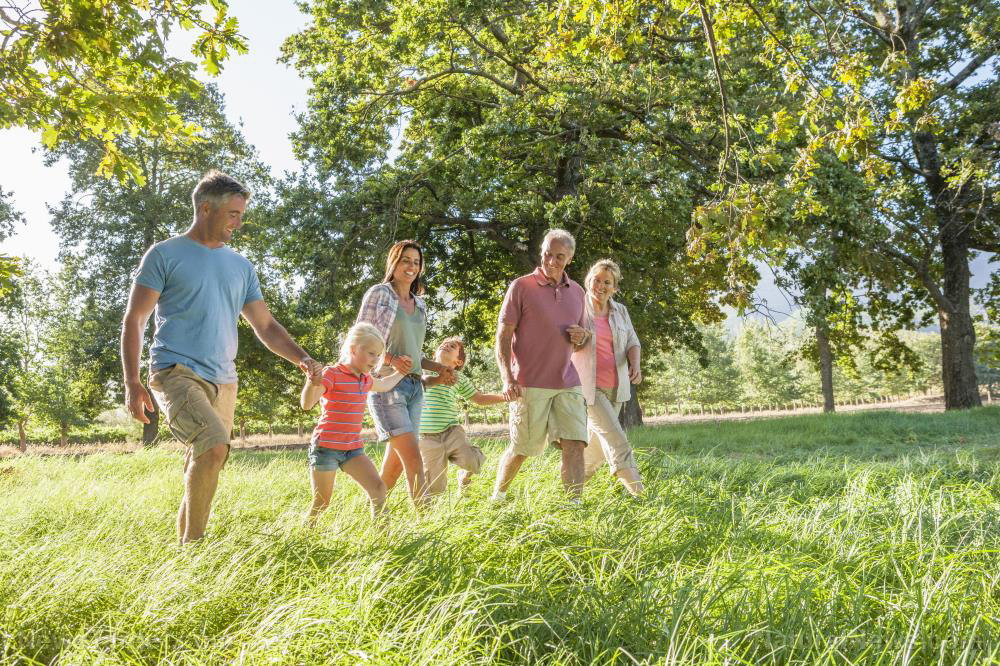
In the study, the term “green space” pertains to an “open, undeveloped land with natural vegetation,” as well as urban spaces with plants, such as parks and street greenery. To arrive at their conclusion, the authors reviewed 103 observational studies and 40 interventional studies covering around 100 health outcomes.
Their findings suggest that living close to green spaces result in the following outcomes:
- Reduced stress – People who live in green spaces tend to have low levels of cortisol in their saliva. Cortisol is also known as the “stress hormone” and is released when the body is stressed. According to the study, living in green spaces also lowers people's heart rate, suggesting increased relaxation.
- A healthy heart – The study cited several outcomes that prove this point. According to the authors, living near a green space lowers blood pressure and high-density lipoprotein (HDL) cholesterol levels. Both hypertension and high HDL levels are risk factors in cardiovascular disease. Lower heart rate may also be taken as an indicator of positive cardiac health. Furthermore, reduced rates of stroke and coronary heart disease occurred among people living close to nature.
- Decreased risk of diabetes – Type 2 diabetes occurs when the body's cells do not respond well to insulin, leading to chronically high blood sugar levels. It is sometimes considered a lifestyle disease because its incidence may be affected by one's habits and environment. Green spaces exert such a positive effect that living close to them reduces the occurrence of Type 2 diabetes.
- Healthy pregnancy – Exposure to green spaces offers excellent benefits for expecting mothers, too. It decreases the risk of premature birth which, while survivable, increases the risk of defects and chronic diseases in the infant. Being exposed to nature also reduces the birth of babies that are too small for their gestational age.
- Good overall health – People living near green spaces report having good health in general. They show lower incidences of asthma, have healthier lungs, and have a smaller risk of having cancer or neurological conditions.
- Longer life – Living close to nature extends one's life, according to the study. The researchers associated green spaces with reducing the rates of cardiovascular mortality and all-cause mortality.
The researchers admitted that they have yet to determine the exact reason behind the positive effects of green spaces on human health, but that the outcomes could come from a number of factors.
"People living near greenspace likely have more opportunities for physical activity and socializing. Meanwhile, exposure to a diverse variety of bacteria present in natural areas may also have benefits for the immune system and reduce inflammation,” says lead author Caoimhe Twohig-Bennett.
These findings call to mind the result of a Japanese study that investigated the health benefits of Shinrin yoku or “forest bathing,” which many people in Japan practice. The authors of this study attributed the effects to the release of phytoncides or antibacterial compounds by trees in the vicinity.
The authors hope that their findings would urge doctors and other healthcare professionals to encourage their patients to spend more time in green spaces to improve their health.
The study was published in the journal Environmental Research.
Discover natural secrets to a long life at Longevity.news.
Sources include:
Please contact us for more information.























